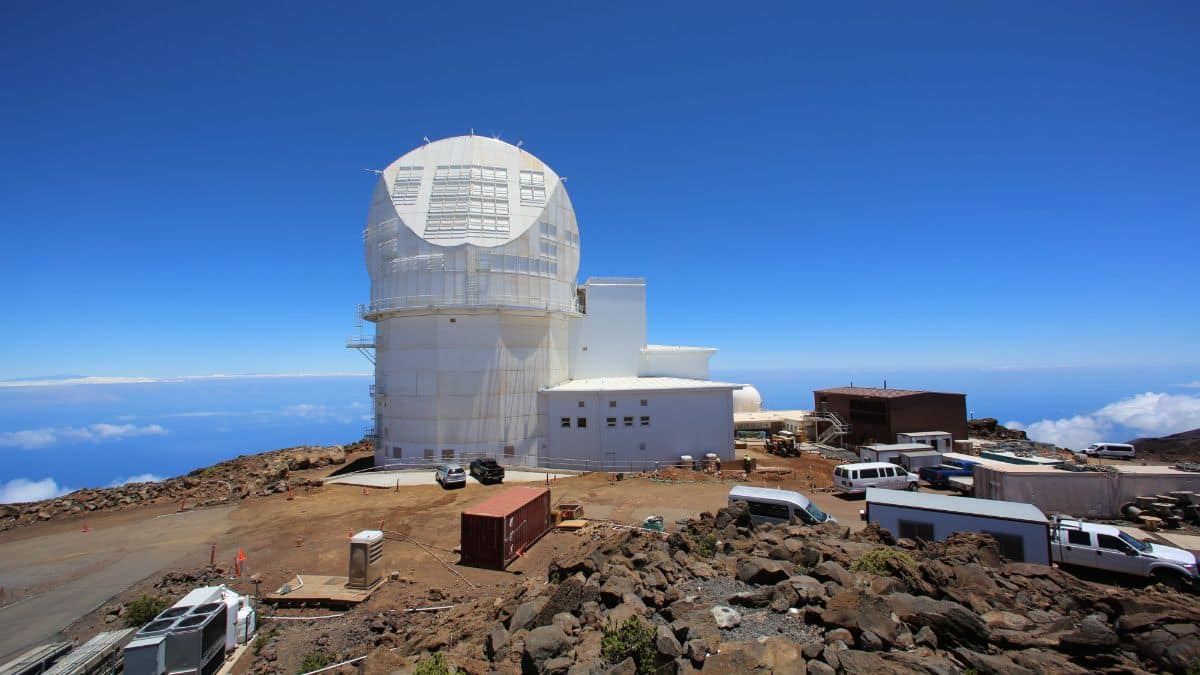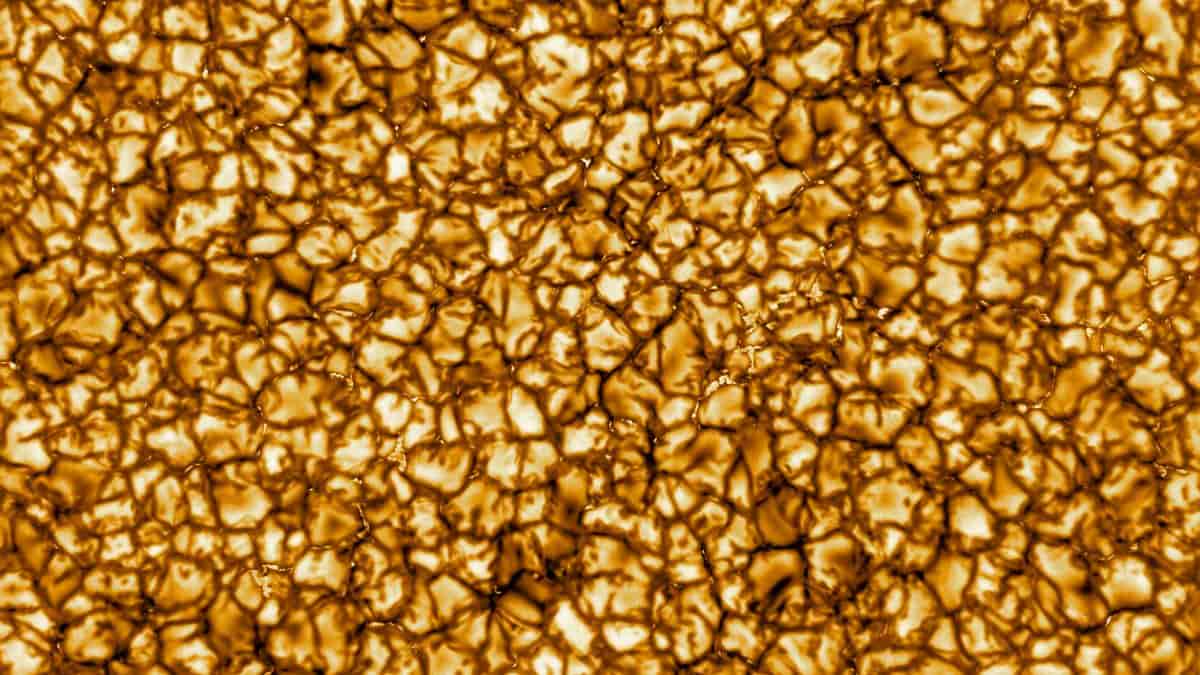Perched atop the summit of Haleakala on the captivating island of Maui in Hawaii, the IAST reigns as the world's most potent solar telescope. Its construction culminated in 2013, and since then, it has diligently served its purpose. A collaborative endeavor between the National Science Foundation and the University of Hawaii, the IAST materializes as a testament to the fruitful partnership between these esteemed institutions.
Undoubtedly, the new images of the Sun, courtesy of the IAST, bear testimony to the telescope's remarkable potency and capabilities. These captivating visuals not only grant us an extraordinary vantage point into the inner workings of our radiant star but also furnish scientists with invaluable insights into the mechanisms propelling solar activity.

Here are some key characteristics that distinguish the IAST as an exceptional scientific apparatus:
- Largest Solar Telescope: The IAST boasts the title of being the world's largest solar telescope, a testament to its exceptional size and scope.
- Impressive Primary Mirror: Anchoring its capabilities, the IAST features a primary mirror with an impressive diameter of 13.3 meters, further enhancing its observational prowess.
- Astounding Spatial Resolution: Equipped with an unrivaled spatial resolution of 0.05 arcseconds, the IAST enables the capture of intricate imagery that surpasses anything previously achieved.
- Idyllic Location: Situated atop the picturesque summit of Haleakala on the mesmerizing island of Maui, Hawaii, the IAST is bestowed with an ideal position to peer into the secrets of the Sun.
- Collaborative Endeavor: Conceived as a collaborative project between the National Science Foundation and the University of Hawaii, the IAST brings together the expertise and resources of these esteemed entities, fostering a fruitful scientific pursuit.
New Images From Inouye Solar Telescope
The National Science Foundation's Daniel K. Inouye Solar Telescope (IAST) has recently unveiled a breathtaking collection of highly detailed close-up images of the Sun. These extraordinary visuals, captured by the telescope's cutting-edge Visible-Broadband Imager (VBI), offer an unprecedented glimpse into the Sun's surface, exposing intricate features as minuscule as 100 kilometers across.
Among the captivating elements depicted in the images are sunspots, granulation, and spicules. Sunspots, for instance, manifest as dark regions on the Sun's surface, originating from intense magnetic fields. Granulation, on the other hand, arises from the upward movement of hot plasma to the Sun's surface, followed by its cooling and descent. Additionally, the images reveal spicules, slender finger-like structures extending from the Sun's surface into the corona.

Distinguished by its remarkable capabilities, the IAST's VBI stands as a formidable instrument, empowering researchers to capture the Sun's imagery with an extraordinary spatial resolution of 0.05 arcseconds. To put this into perspective, it is akin to discerning the details of a dime situated on the Moon. Such unparalleled resolution enables scientists to conduct meticulous studies of the Sun's surface, facilitating a deeper comprehension of the mechanisms driving solar activity.
The IAST serves as an invaluable tool for scientists endeavoring to deepen our understanding of the Sun and its far-reaching influence on our planet. The stunning new images of the Sun captured by the IAST epitomize the telescope's exceptional power and unrivaled capabilities, serving as a testament to the significant advancements in solar observation and exploration. With this groundbreaking technology at our disposal, we are poised to unravel the mysteries of our nearest star like never before.
Comments
All Comments (0)
Join the conversation